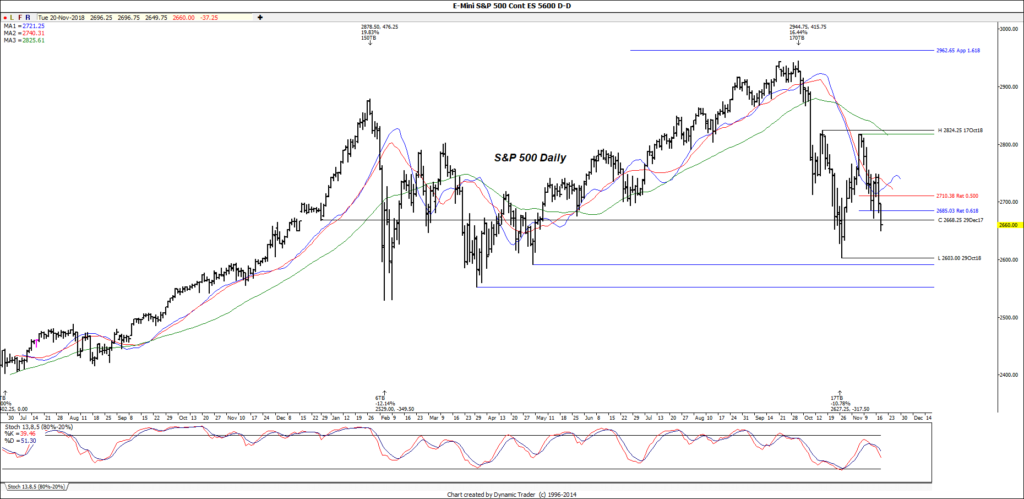By: Dan Hueber –
In what appears to be typical Tuesday undo trade, the grain and soy markets are trying to recoup a little of yesterday’s losses with limited success and in rather light pre-holiday trade. As we have commented previously, when you are around a holiday, moves can be sometimes exaggerated and I suspect that may have been the case yesterday. Regardless, with renewed tough talk on trade, a decent weather forecast to wind down harvest and another wipe out harsh down day in the equity markets, it appears no one was feeling warm and fuzzy about any markets. Do note that with the pressure this morning, equity markets are once again negative for the year.

As far as harvest is concerned, according to the USDA by the 18th we have harvested 90% of the corn acreage, which was up 6% for the week. The number was a smidge behind expectations and is 3% off the 5-year pace. Soybean harvest moved ahead 3% and now stands at 91% complete, versus an average of 96%. In some areas the pace is probably being hindered more by lack of storage capacity than weather. A number of people I have spoken with recently have made mention of the increase in the use of temporary outside storage that appears to be in use this year, including quite a few silage bags being used for both corn and beans. Argentine farmers have done this for years so why not here?
That is a perfect segue into South American progress and it has not been quite as smooth a sailing, or planting, in Argentina as it has been with their neighbor to the north. According to the Buenos Aires Grain Exchange 21.7% of soybeans have been planted, 2% behind average and 36.2% of the corn. Beans were rated primarily average to good, 90.8% in those rankings, and corn in those same categories came through at 80.8% of the crop. Currently, wet weather is hampering progress and there is even talk of replant needed in some areas. No such issues in Brazil with 82% of the beans planted (record pace) and 92% of the full season corn. Elsewhere around the globe, the Ukraine ag ministry updated the corn production estimate this year and pushed it up to a record 34.8 MMT versus the previous number of 34.0 MMT.
The Chicago Mercantile Exchange is looking at introducing a new contract on Brazilian soybeans. The CBOT tried something similar in the past but it never got off the ground but that said, with the spread differentials between the U.S. and Brazil, this could be something that would be embraced by the global trading community this time around. Currently, beans at Paranagua are trading around $384 MT, compared with $336 at the Gulf of Mexico. Considering the fact that South America is the largest bean production region in the globe, with Brazil accounting for more than 60% of this, it stands to reason that it is time for a futures contract. Probably one of the more discouraging comments though from CME, CEO Terry Duffy was he did not believe the trade spat between the U.S. and China would end soon and reminded us that “China is a very patient, communist nation. You are not dealing with Canada or Mexico when you are dealing with China, China is not going to buckle.”